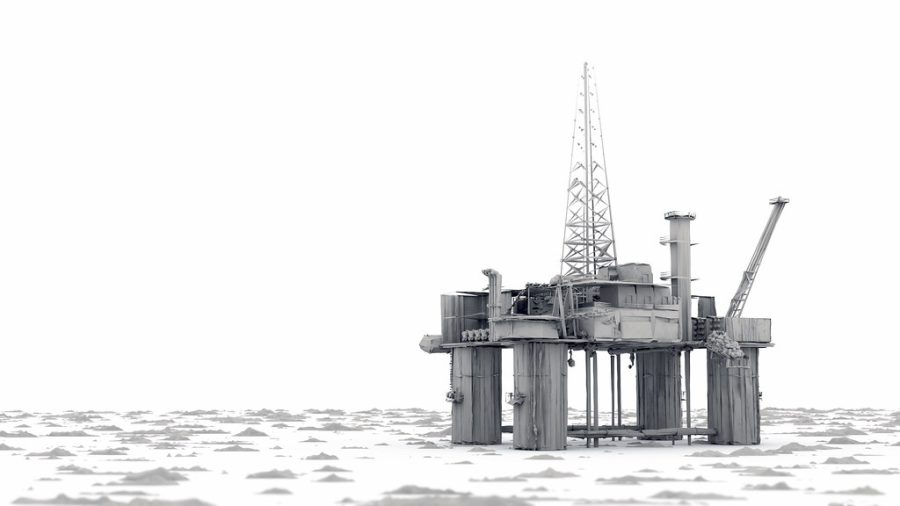Oil Drills
How They Work
“ori oil rig” by Philippe Put is licensed under CC BY 2.0. To view a copy of this license, visit https://creativecommons.org/licenses/by/2.0/?ref=openverse&atype=rich
1.134 trillion gallons, this is the amount of oil used yearly worldwide. We use oil in our everyday lives, we get oil for all types of vehicles, produce electricity for houses and schools worldwide. How do we use and get this immense amount of oil? Oil drills produce this immense amount of oil. Geologists will use sensitive gravity measures which will measure tiny movements in the earth’s magnetic field. These tiny movements will indicate oil underneath the surface. Next, either an oil rig will be built over 2 years or oil drills will be built if it is on the shoreline. Next, a drill will dig straight down, eventually reaching the oil patch. This can happen because the rock sediments are very loose allowing a drill to easily dig through. This drill can go up 6000 feet to reach the oil. Mud will then be poured into the deep well, this drilling mud will be used to life rock sediments, keep the drill cool, and prevent other liquids from entering the well. A smaller pipe will be lowered into the ground, this will keep the casting/well in place. Then, concrete will be funneled on the outside of the smaller pipe to create a sturdy surrounding. This smaller pipe will suck the oil up to the surface allowing the oil to be distributed around the world.
Related Stories:
https://science.howstuffworks.com/environmental/energy/oil-drilling2.htm
https://www.britannica.com/technology/petroleum-production/Deep-and-ultradeep-water















